Who Else Wants Tips About Line Graph In Statistics Different Types Of Trend Lines
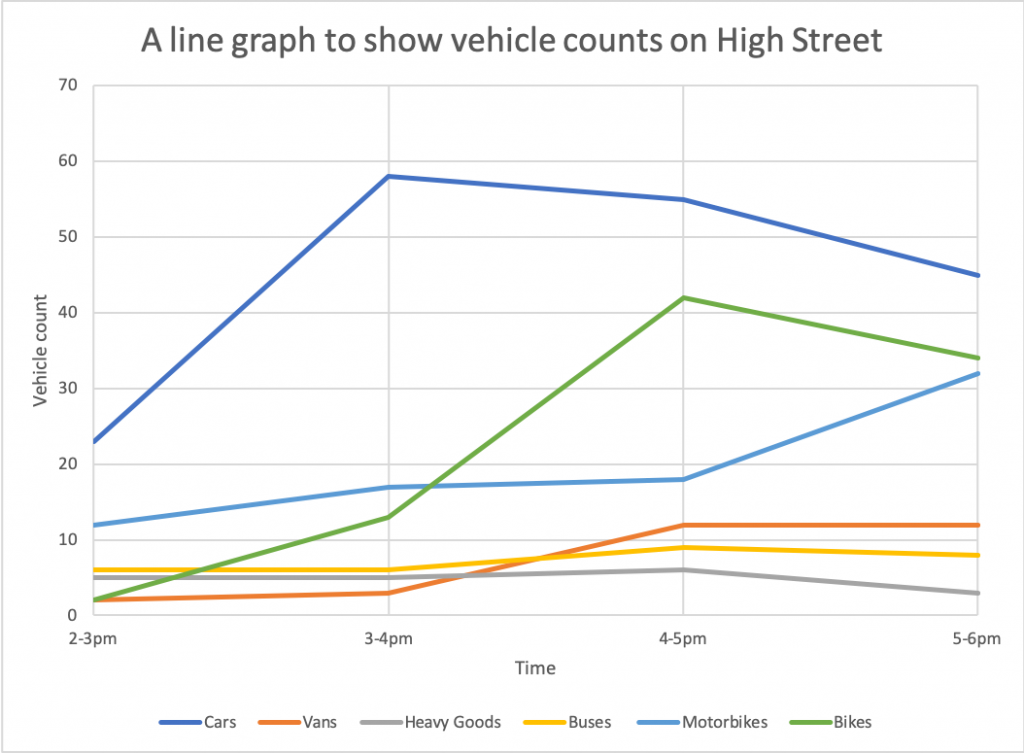
According to the national center for education statistics (nces), public colleges enrolled about 8.5 million online students in 2021.
Line graph in statistics. (left) a bar chart of the percent change in the cpi. Judge whether a line graph would be appropriate for a given data set. [2] it is a basic type of chart common in many fields.
A line graph is a bar graph with the tops of the bars represented by points joined by lines (the rest of the bar is suppressed). Line graphs, also called line charts, are used to represent quantitative data collected over a specific subject and a specific time interval. A collection of these observations of the variable is a data set.
For a step by step example, see: A broken line graph is a graph that is used to show changes over time. Use line charts to display a series of data points that are connected by lines.
Draw a line for your x axis and your y axis. For example, figure \(\pageindex{1}\) was presented in the section on bar charts and shows changes in the consumer price index (cpi) over time. Next draw a line through the data points.
List each item and place the points on the graph. It says that ai systems that can be used in different applications are analysed and classified according to the risk they pose to users. The table shows the daily earnings of a store for five days.
An example would be data sets that represent different plans available for cell phone users. The horizontal axis depicts a continuous progression, often that of time, while the vertical axis reports values for a. It is often used to identify and interpret trends, patterns, and.
This means that the horizontal axis is usually a time scale, for example minutes, hours, days, months or years. A line graph is formed by joining the points given by the data with straight lines. For example, figure 1 was presented in the section on bar charts and shows changes in the consumer price index (cpi) over time.
Bar graphs are better for comparing larger changes or differences in data among groups. Add axis labels and an axis scale. A line is used to join the values but the line has no defined slope.
A line graph—also known as a line plot or a line chart—is a graph that uses lines to connect individual data points. Another type of graph that is useful for specific data values is a line graph. Linear graphs are important in statistics when several data sets are used to represent information about a single topic.
It depends on what you're comparing. The frequency points are connected using line segments. It shows related information by drawing a continuous line between all the points on a grid.
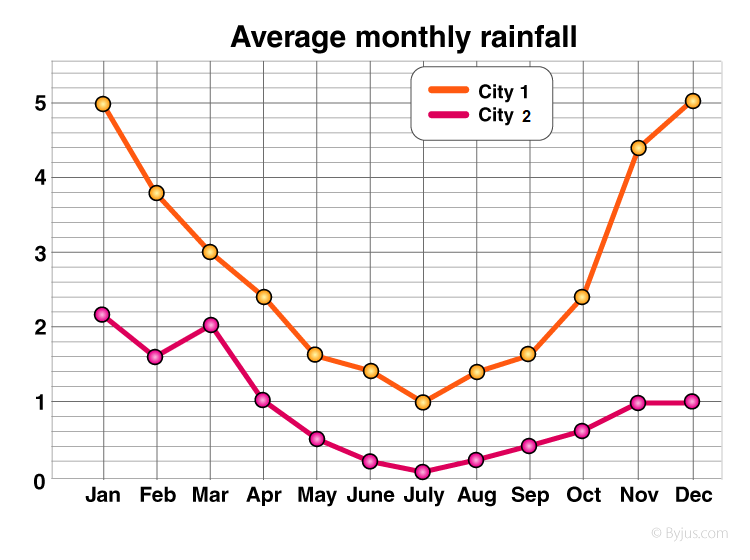
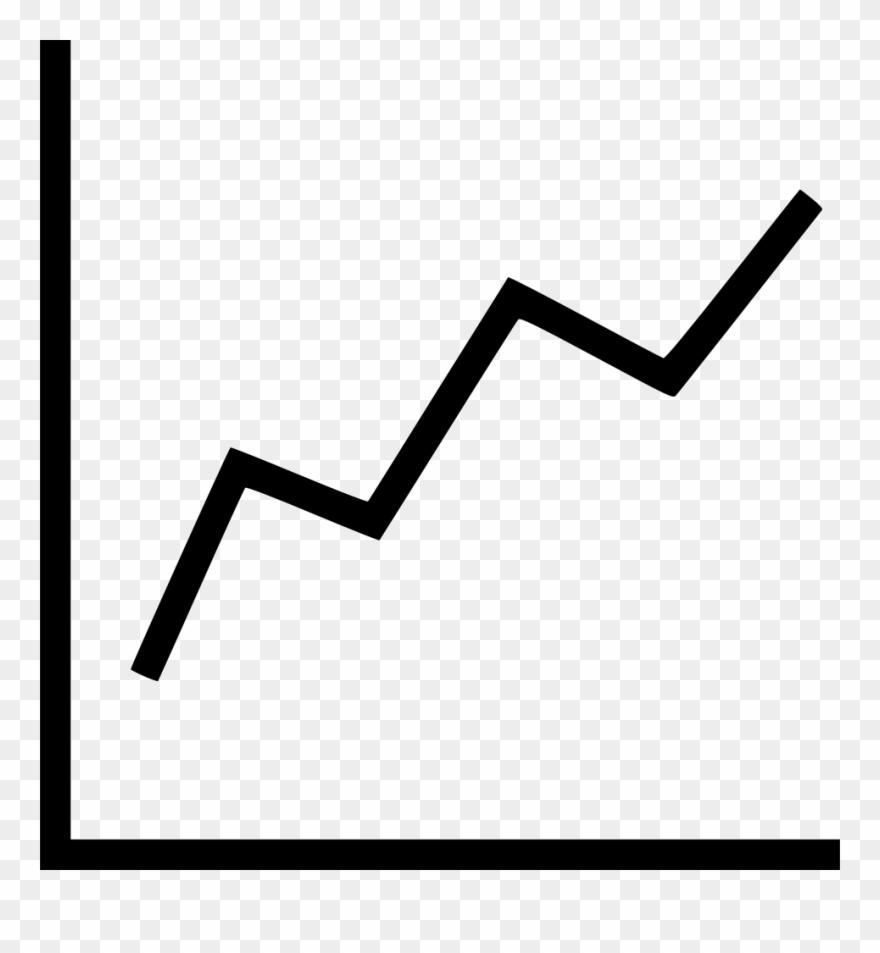


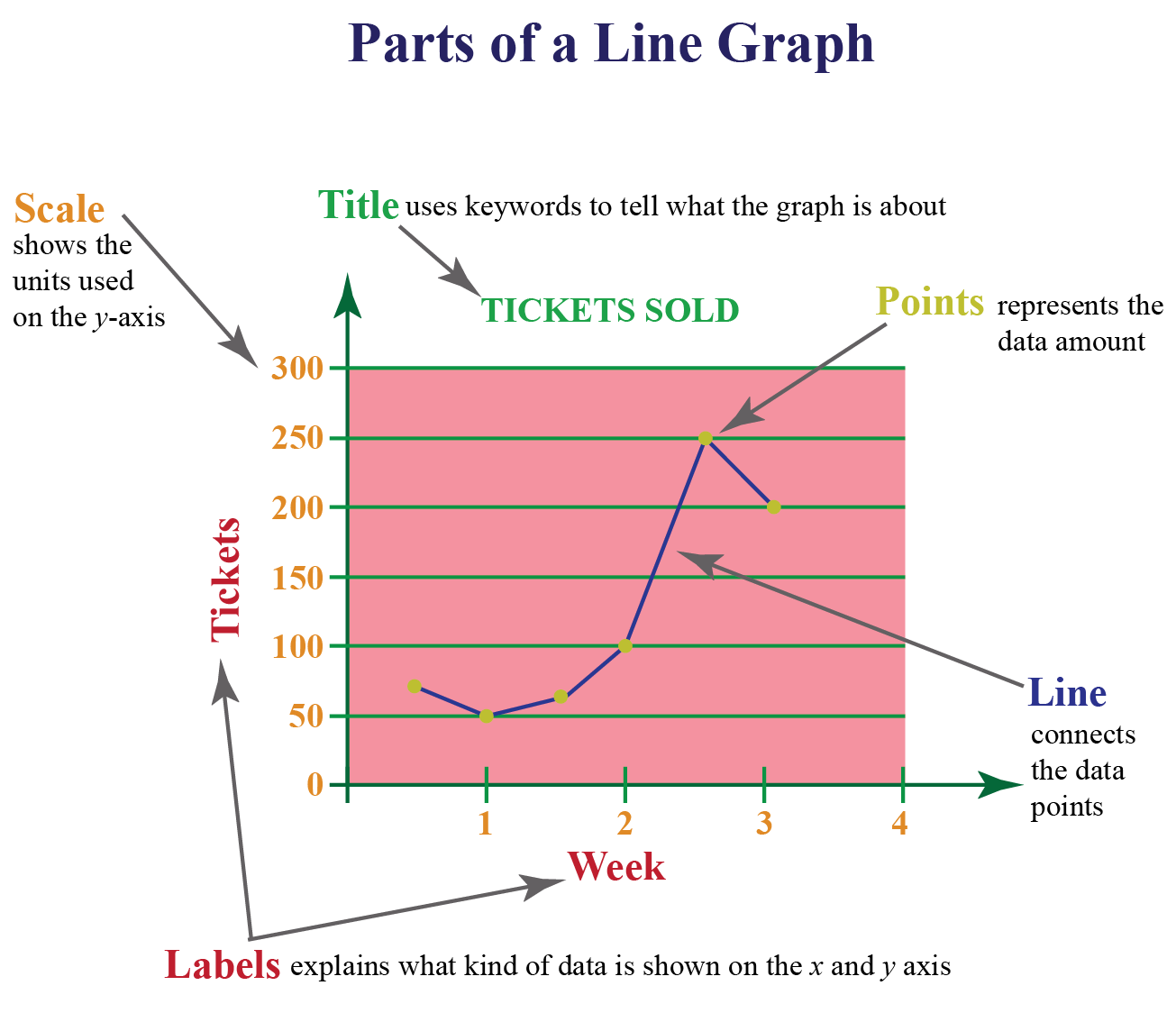

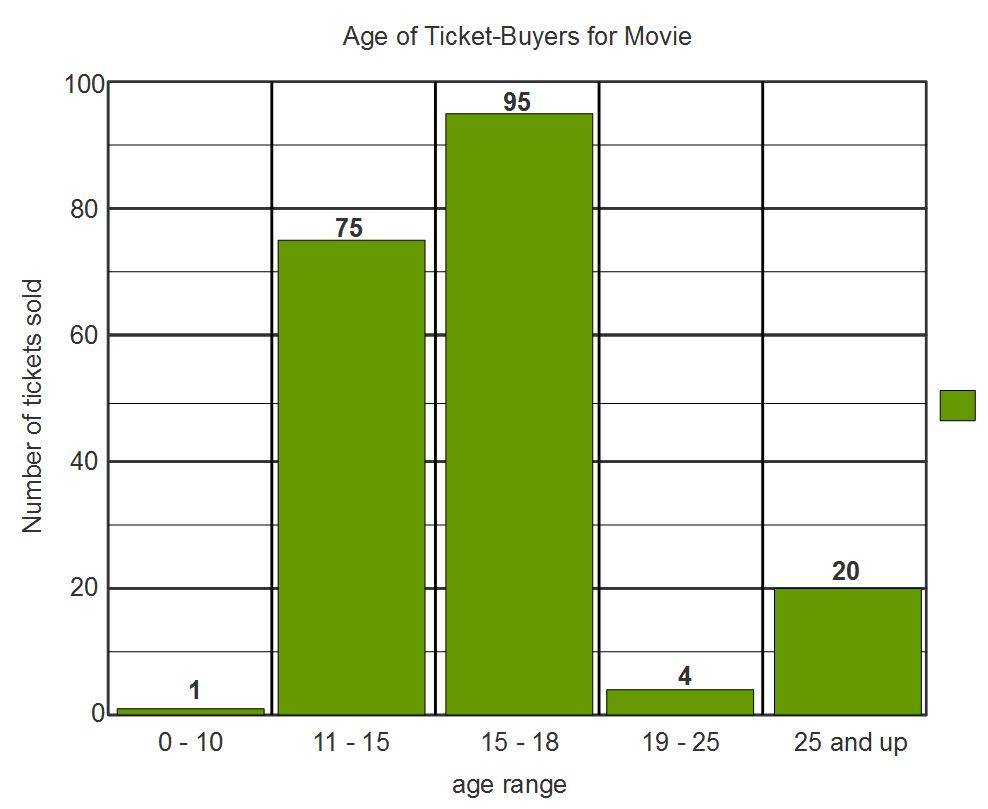
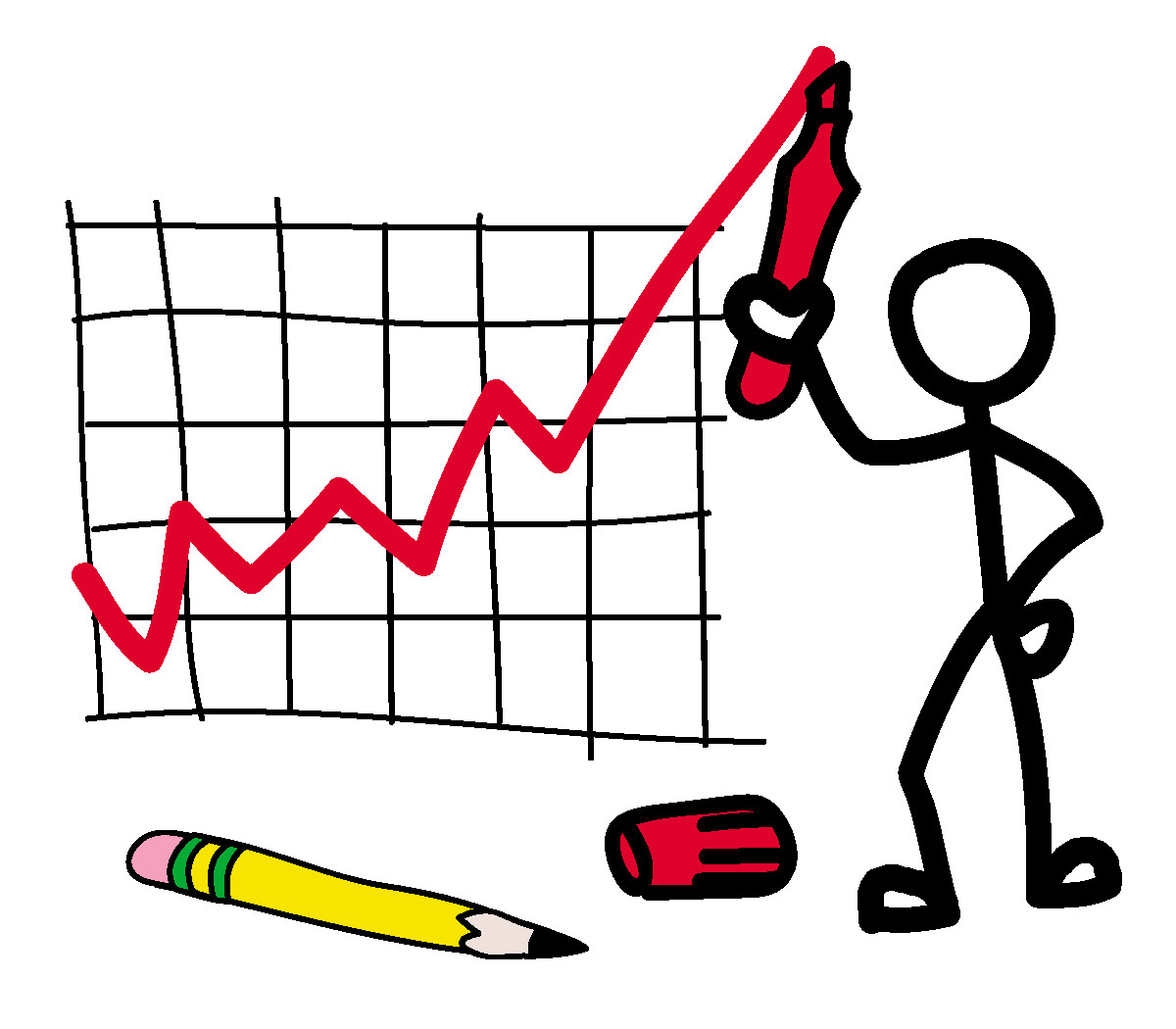

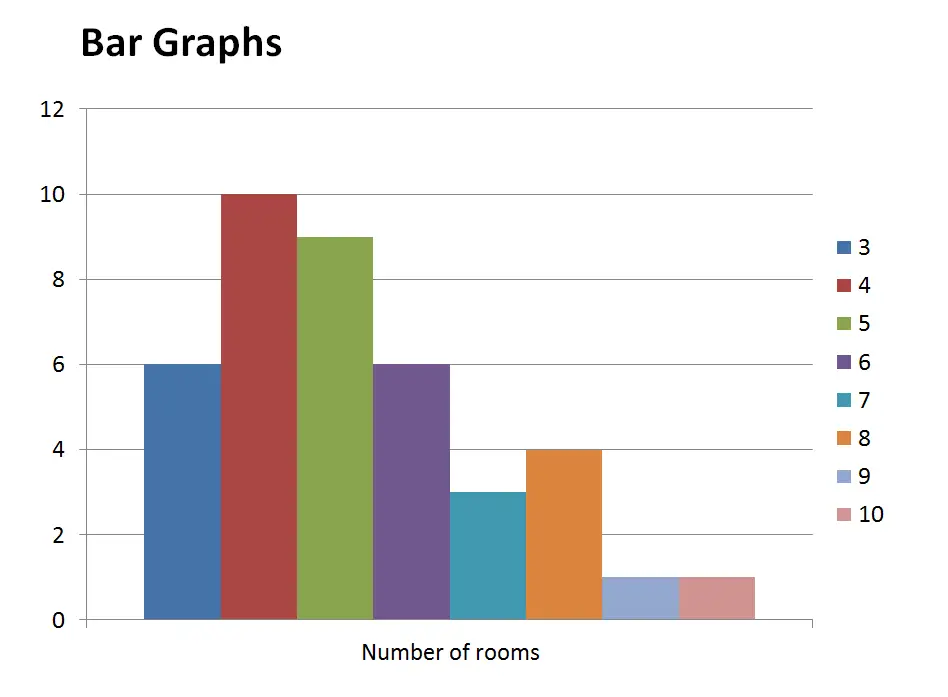

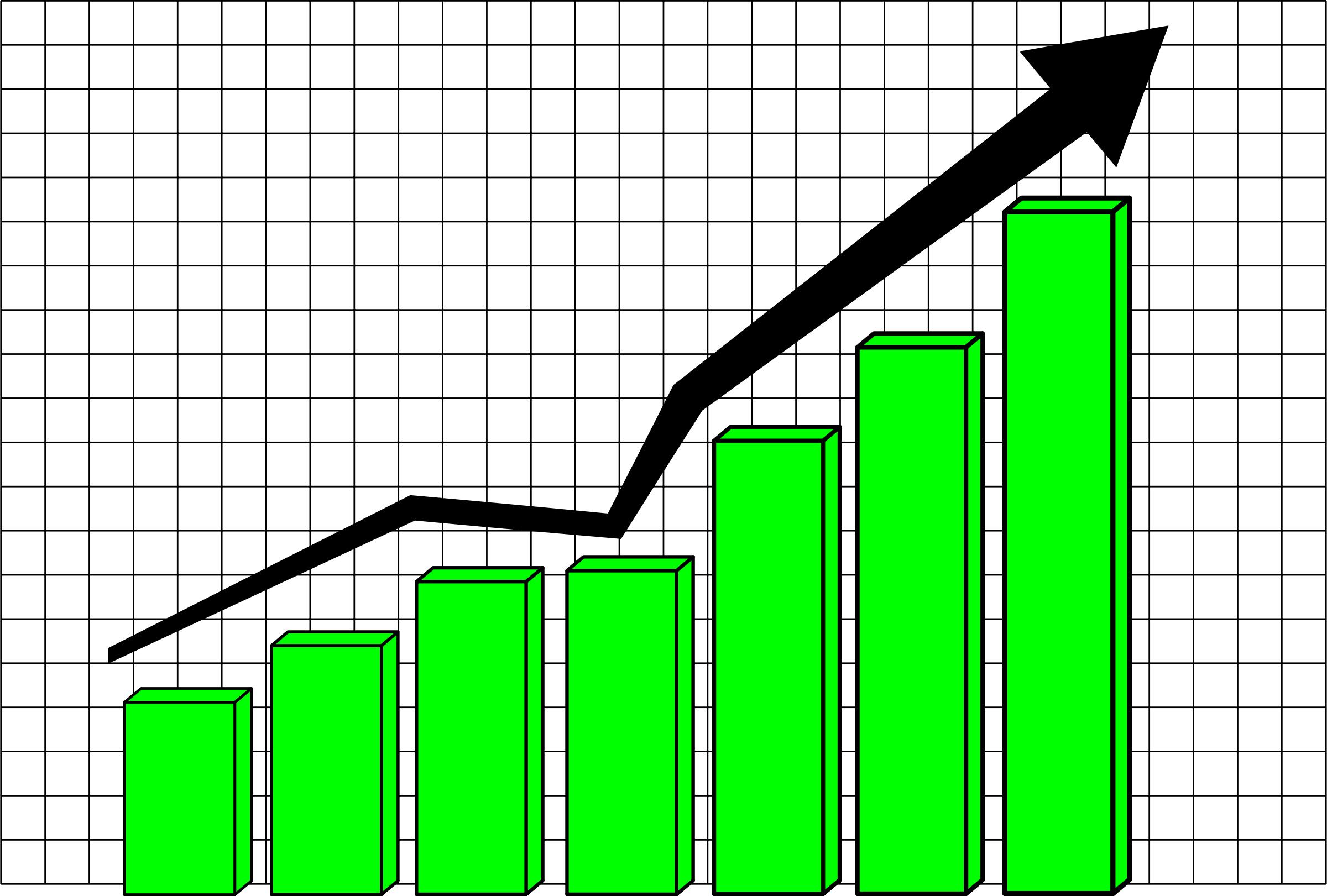
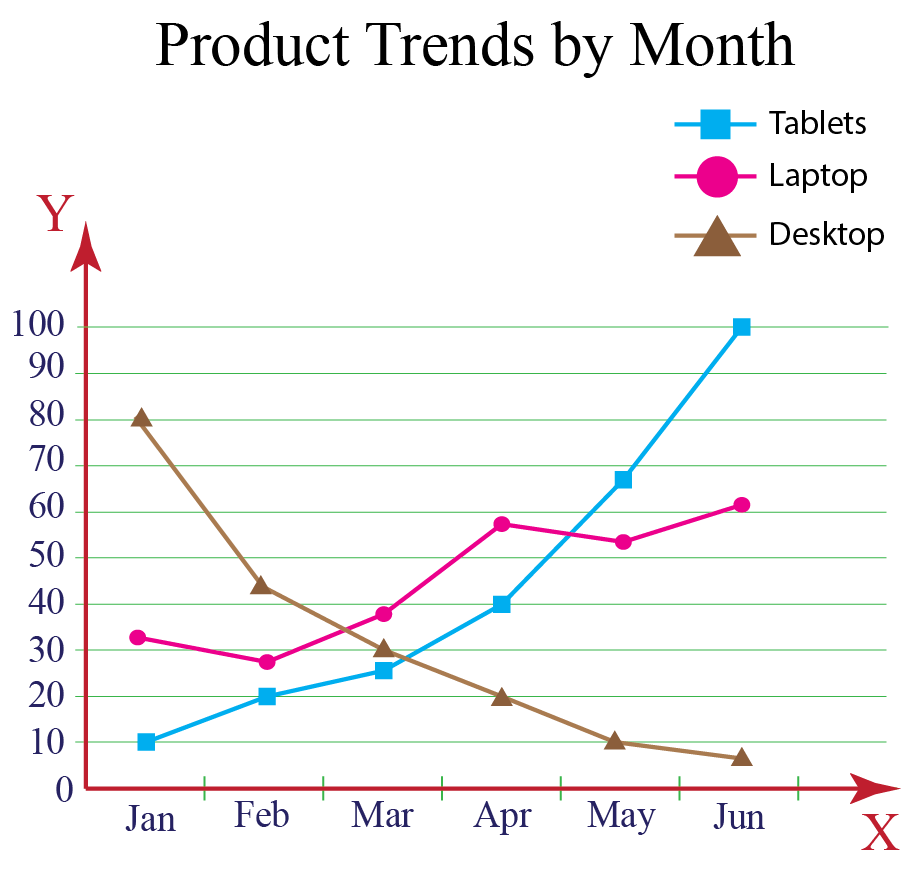




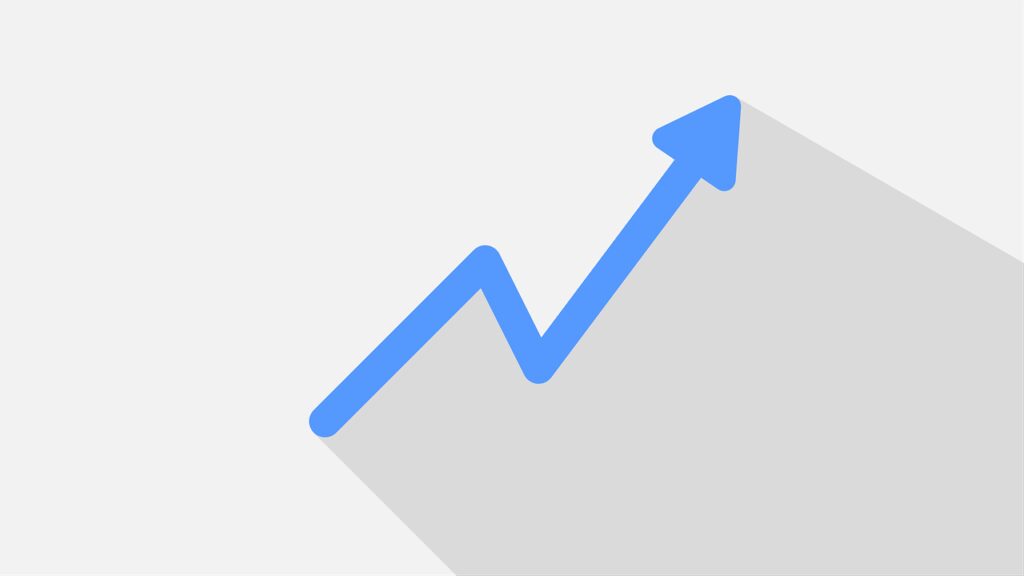
![44 Types of Graphs & Charts [& How to Choose the Best One]](https://visme.co/blog/wp-content/uploads/2017/07/Line-Graphs-2.jpg)